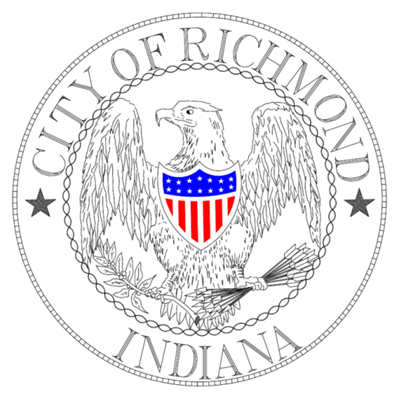Overview of Major UDO Updates
Solar panels are now permitted in every zoning district. You can find solar panel standards in the Accessory Structure Standards in Article 5.
Solar Parks are now a Special Exception Use in the AG, IC, I1, and I2 districts.
Event Barns are now a Special Exception Use in the AG district. Event Barns must adhere to the same zoning/building/fire/health etc. requirements of any other commercial structure.
Accessory Dwelling Units (i.e. a secondary dwelling located on a residential property) are now a permitted use in the AG and R1 districts.
Accessory Dwelling Units are now a Special Exception Use in the R2, R3, and UR districts. We already have Accessory Dwelling standards in Article 5, and those are unchanged. The units must still comply with the same zoning/building etc. requirements as any other residential structure.
We have increased residential density in our M1 and M2 districts. We have increased the number of permitted/special exception units for these districts.
Multi-family dwellings (7-15 units and 16-24 units) is now a Special Exception Residential Use in the GC district.
Addiction Treatment Facility is now its own separate use. It used to fall under “Medical Service Offices.” Addiction Treatment Facilities are permitted in the GC and OC districts.
Non-owner Occupied Short-term Rentals (i.e. Airbnbs) are a Special Exception Commercial Use in the R1, R2, R3, UR, NC, and LC districts.
Non-owner Occupied Short-term Rentals are now permitted in the CB district.
This is not included in the UDO updates, but Owner Occupied Short-term Rentals are permitted in every zoning district. Indiana state law does not allow individual municipalities to regulate owner occupied short-term rentals.
We have added Article 5.94 – Temporary Construction Facilities standards.
Food Trucks are now permitted as a Temporary Use in the PR, AG, R1, R2, R3, UR, UV, IS, and NC districts. This is added to the list of districts in which they were already permitted (LC, OC, CB, HC, EP).
Added to the Duration part of the Food Truck Standards in Article 5.93: a. Food trucks shall not operate more than four (4) days per month on a residentially zoned property.
Parking Lot Setbacks: In commercial, institutional, and industrial zoning districts, parking lots may encroach into the front and rear yard setbacks but shall not encroach into side yard setbacks for a primary structure by the following amounts: a. Front and Rear Yards: Parking lots may project into a front and rear yard by 25% of the minimum front yard setback, unless a specific setback for parking lots is designated in the zoning district.
Signs shall not be permitted in any right-of-way including bioswales and utility strips.
From here on out, only one driveway shall be installed per residential property.
Houses on cul-de-sacs and other irregularly shaped lots can encroach into their front yard setback up to 5’ as deemed appropriate by planning staff.
UR dwellings with a common wall are permitted to have 0’ side yard setbacks.
Corner lots may utilize rear yard height standards in their side yard as deemed appropriate by planning staff.
There are now screening requirements for outdoor storage in the I2 and HI districts.
Industrial grain silos can now exceed maximum structure height up to 100’.
Additions to properties in the R1, R2, R3, Ur, & NC districts should match, closely resemble, or significantly complement the materials and colors used in the primary structure.
An Accessory Structure may be built prior to a primary structure in the R1, R2, R3, UR districts . . . but ONLY IF the property is greater than 3 acres and located within the two-mile fringe.
Change to R1, R2, R3, UR, and M1 Maximum Height for Accessory Structures: 20’ for accessory structure or 100% of height of primary structure, whichever is less.
Change to R1, R2, R3, UR Accessory Structure Standards: No single structure shall exceed 25% of the footprint of a primary structure for property less than one-half (1/2) acre.




